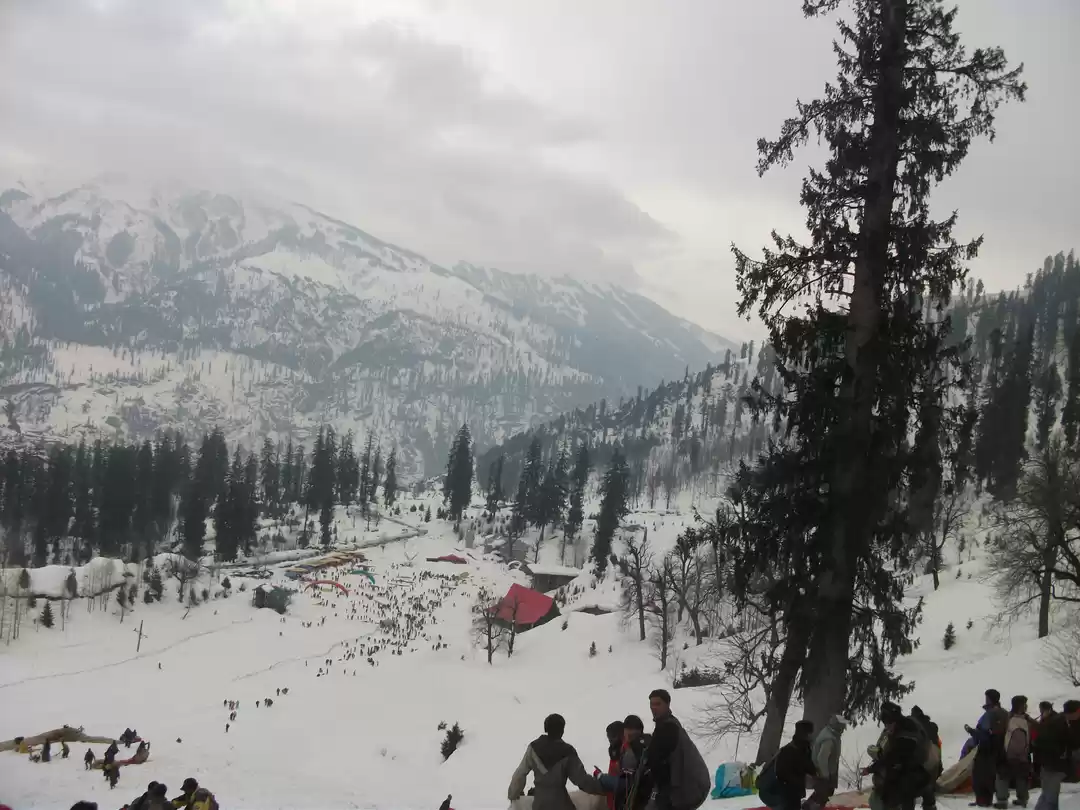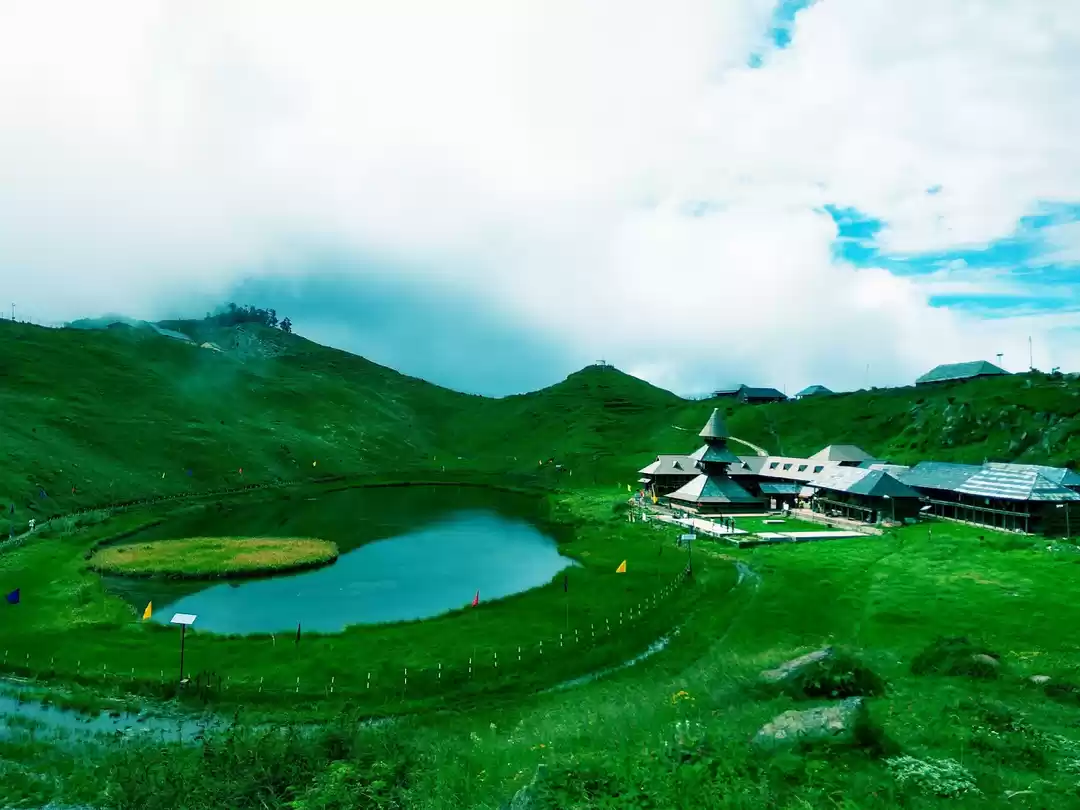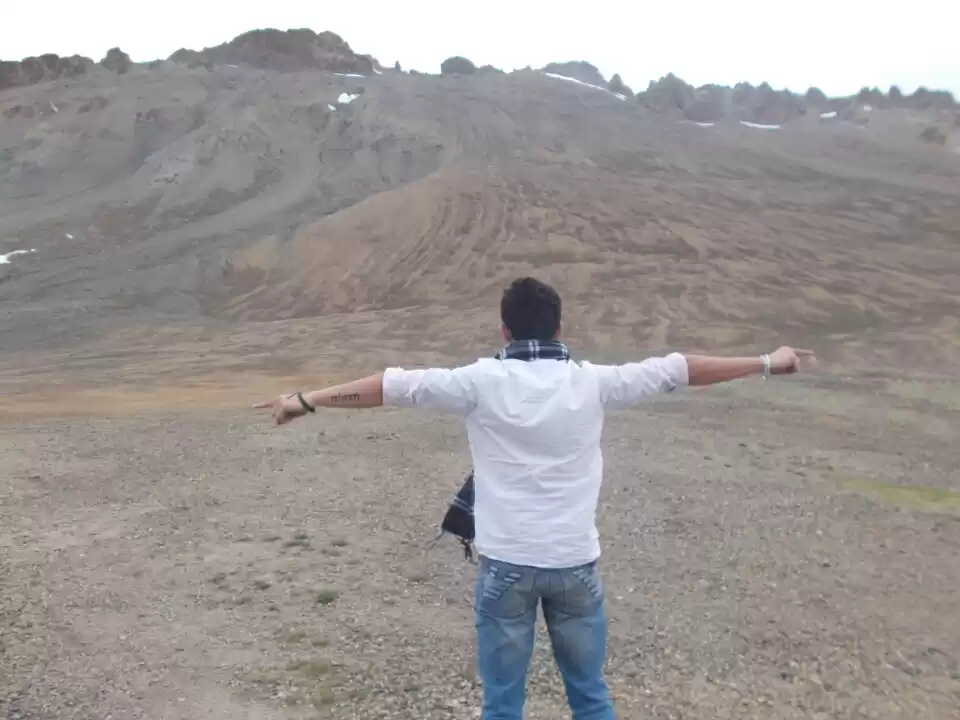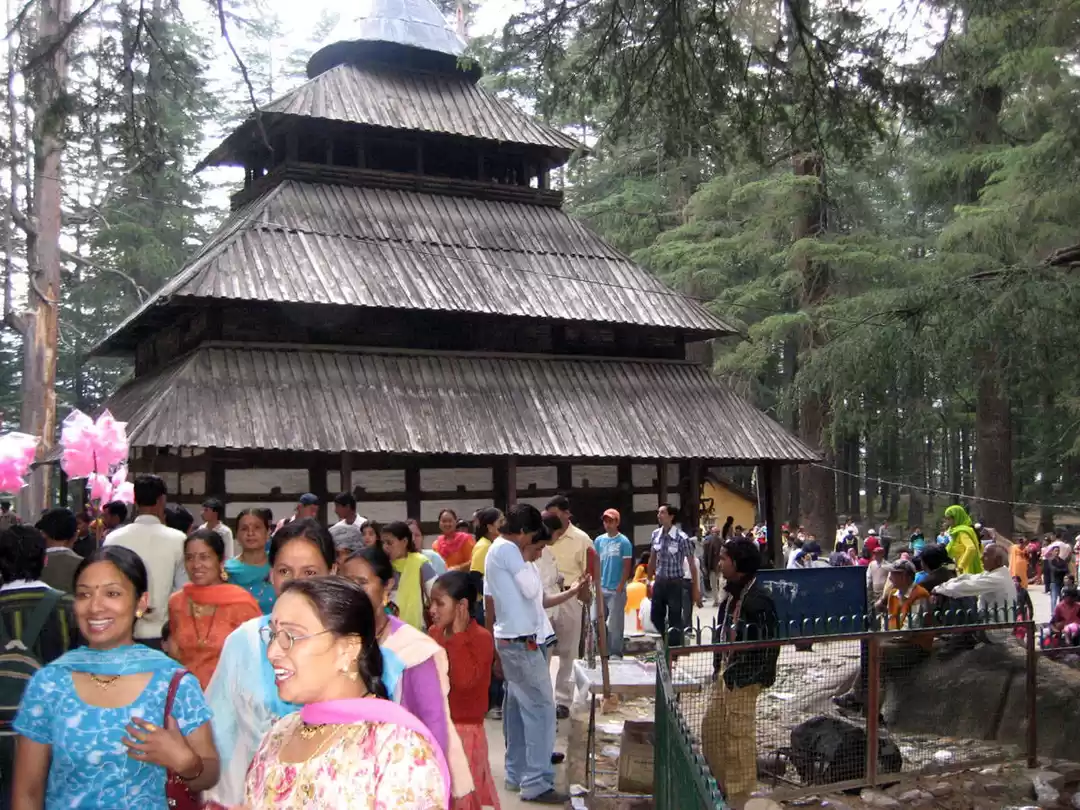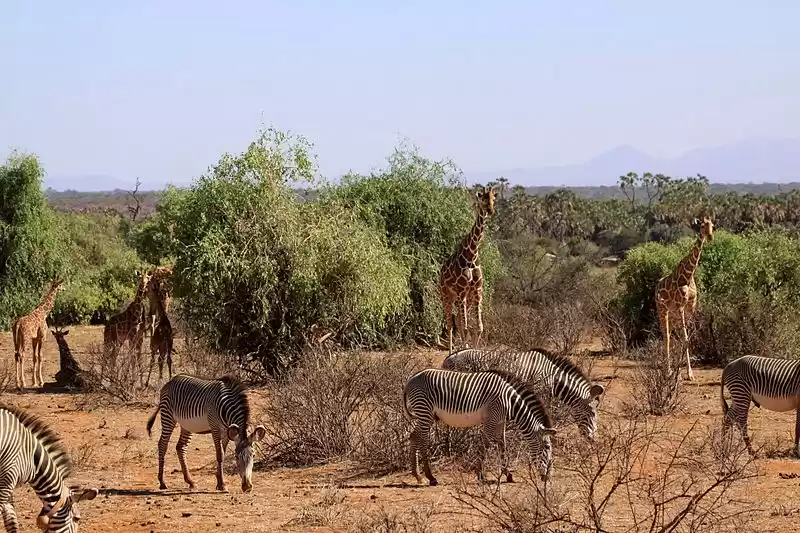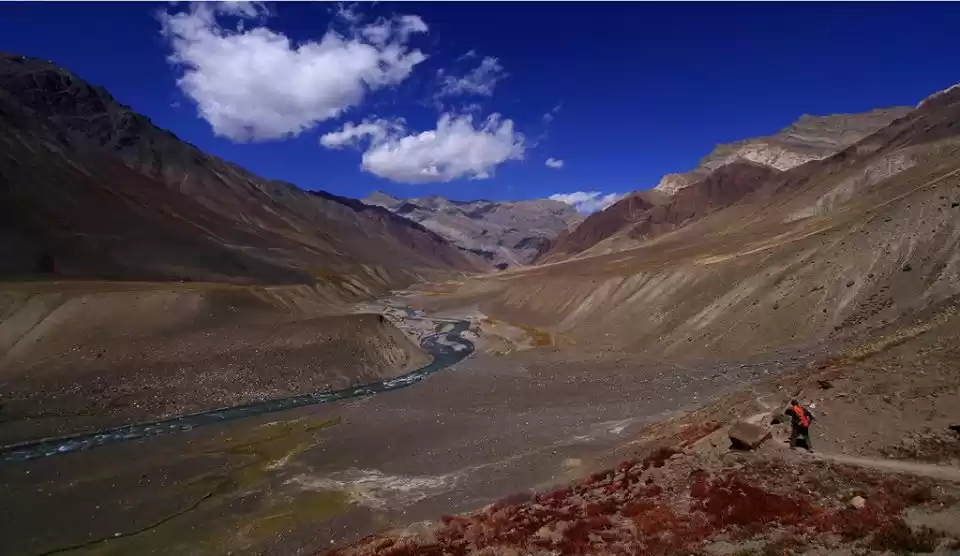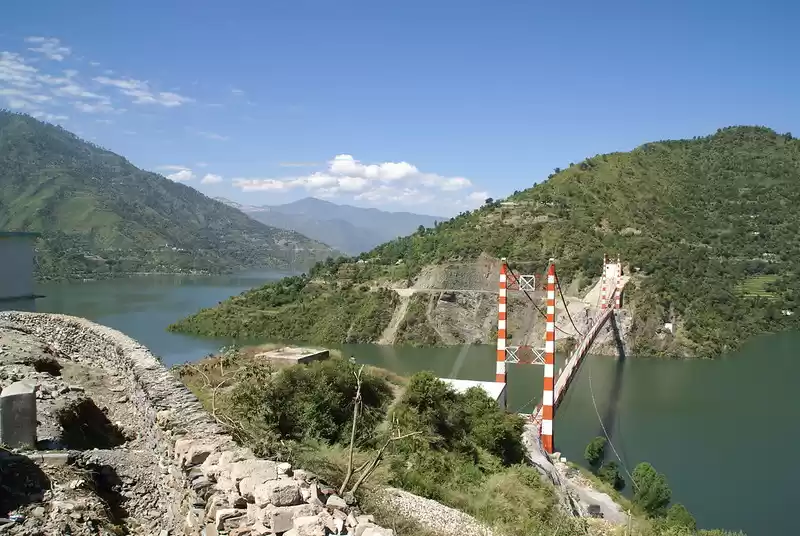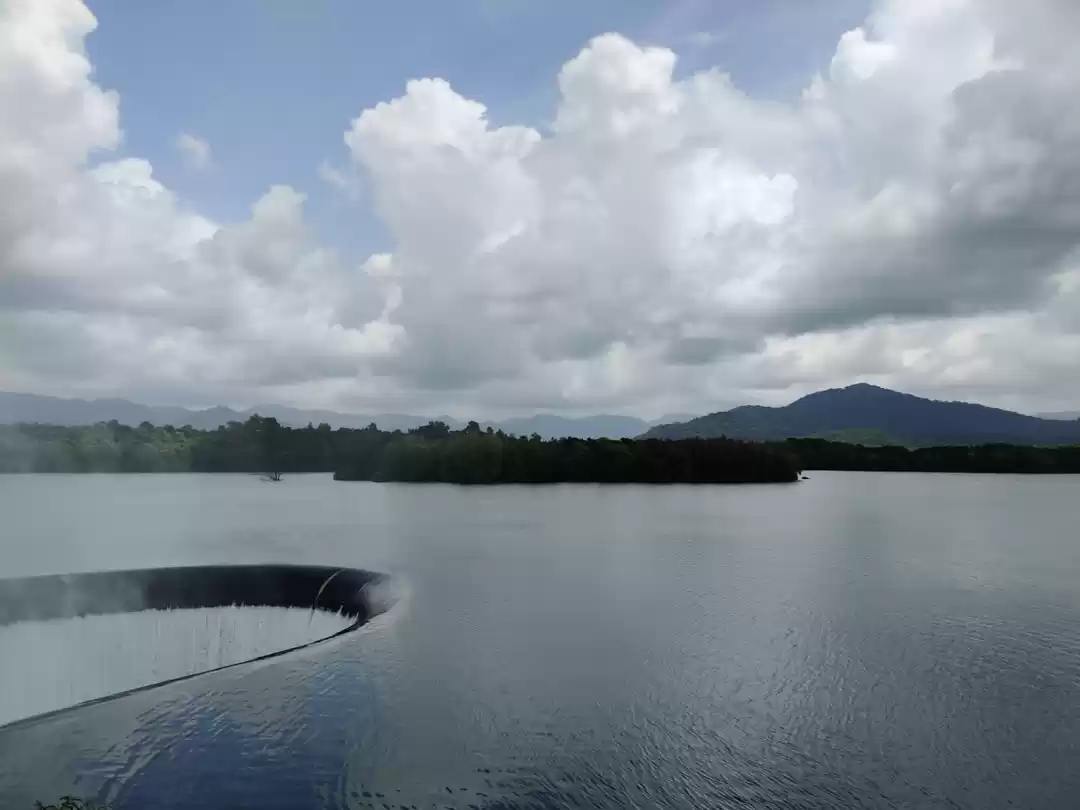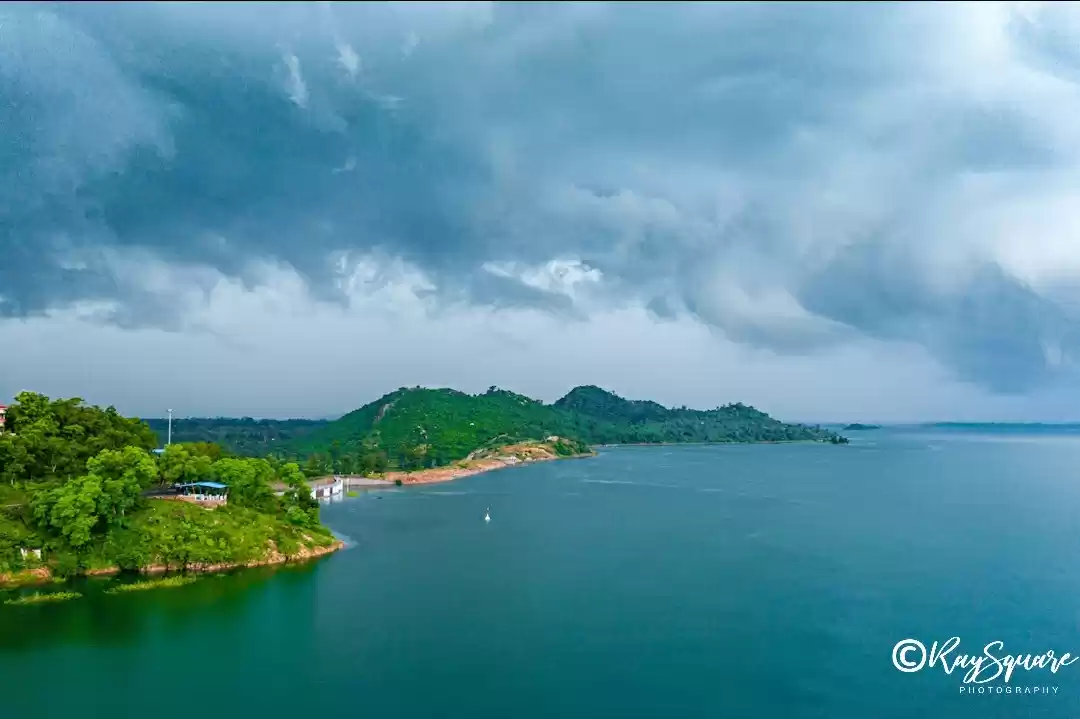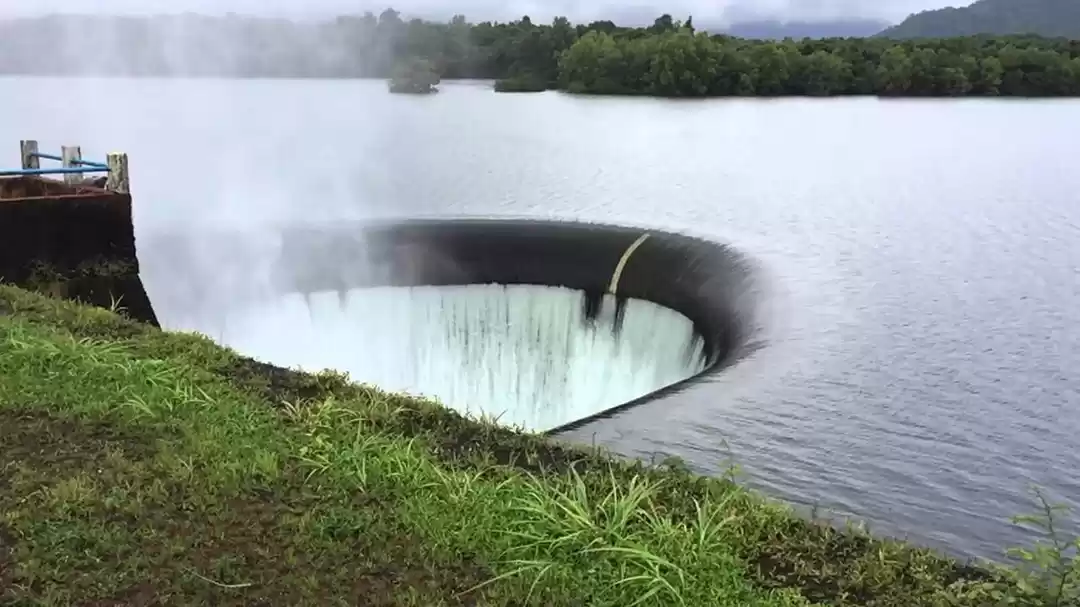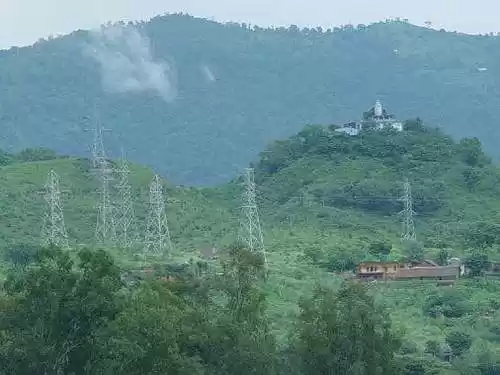Have you ever wondered how a dam can change the lives of millions of people and create a new temple of resurgent India? If yes, then you must visit the Bhakra Nangal Dam, the second tallest dam in Asia and one of the most impressive engineering marvels in the world.
Located on the border of Himachal Pradesh and Punjab, this dam is not only a source of irrigation, electricity, tourism, and recreation, but also a symbol of pride, prosperity, and power for India. In this article, we will explore the history, features, uses, and tourism aspects of Bhakra Nangal Dam, and how it has become a must-visit destination for travelers and tourists.
History of Bhakra Nangal Dam
The Bhakra Nangal Dam is one of the earliest river valley development schemes undertaken after the independence of India. The project was signed by then Punjab Revenue Minister Sir Chhotu Ram in November 1944 with the king of Bilaspur and was finalised on January 8, 1945.
The construction of the multipurpose dam was initially started in 1984 by the then Lieutenant Governor of Punjab, Sir Louis Dane. But, it got delayed and it was resumed after independence under the chief Architect Rai Bahadur Kunwar Sen Gupta. The dam was completed in 1963, and it was dedicated to the nation by Prime Minister Jawaharlal Nehru, who called it “the temple of resurgent India”.
The construction of the dam involved many challenges and sacrifices. The workers had to face harsh weather conditions, landslides, floods, and accidents. Many people lost their lives or their homes due to the submergence of villages and towns under the reservoir. The project also faced opposition from some political parties and environmentalists who feared its negative impacts on the ecology and culture of the region. However, despite all these difficulties, the dam was successfully built and became a testament to the vision, courage, and determination of the people of India.
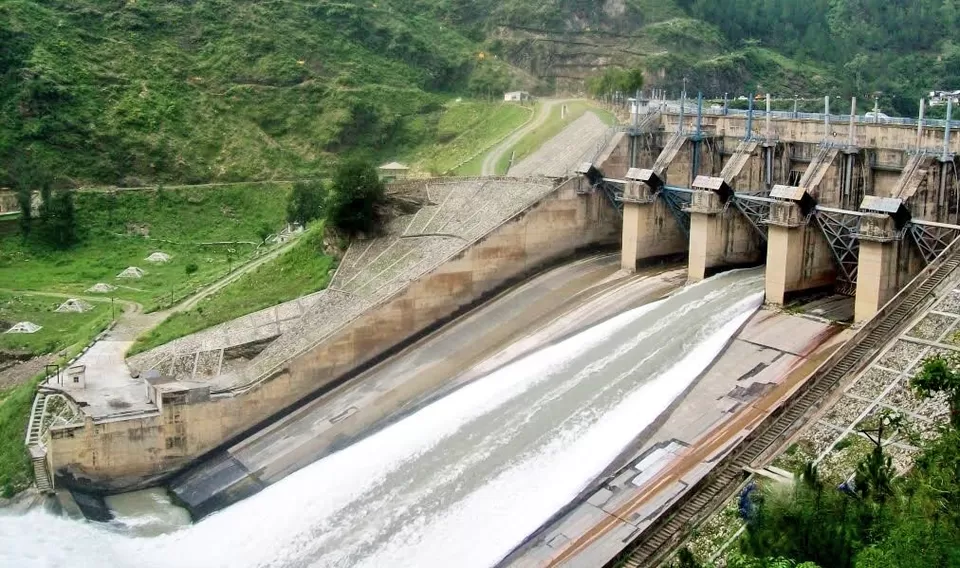
Features of Bhakra Nangal Dam
The Bhakra Nangal Dam is actually composed of two dams: Bhakra Dam on the Sutlej River in Himachal Pradesh, and Nangal Dam downstream in Punjab. The Bhakra Dam is a concrete gravity dam with a height of 226 meters (740 feet), making it the second tallest dam in Asia after Tehri Dam. It has a length of 518 meters (1700 feet) and a width of 9 meters (30 feet).
The dam creates a huge reservoir called Gobind Sagar, named after Guru Gobind Singh, the tenth Sikh guru. The reservoir has a capacity of 9.34 billion cubic meters (7.57 million acre-feet) of water, which can flood the whole of Chandigarh and parts of Haryana, Punjab and Delhi.
The Nangal Dam is an earthen dam with a height of 29 meters (95 feet) and a length of 305 meters (1000 feet). It serves as an auxiliary dam to channel the water released from Bhakra Dam to two powerhouses: Ganguwal Power House and Kotla Power House. These powerhouses have a total installed capacity of 1500 MW, making them one of the largest hydroelectric projects in India.
The Bhakra Nangal Dam is also known for its architectural beauty and aesthetic appeal. The dam has a majestic appearance that blends with the natural scenery of the hills and the lake. The dam also has a visitor’s gallery that offers panoramic views of the reservoir and the surrounding landscape. The dam is illuminated at night with colorful lights that create a spectacular sight for the viewers.
You may also like to read: Rohtang Pass: A Breathtaking Adventure Destination in Manali
Uses of Bhakra Nangal Dam
The Bhakra Nangal Dam has multiple benefits for India. It provides irrigation water to about 10 million acres (4 million hectares) of land in Haryana, Rajasthan, Gujarat and Himachal Pradesh. It also generates about 1500 MW of hydroelectricity for Punjab, Himachal Pradesh, Chandigarh, Haryana and Delhi. Moreover, it offers opportunities for tourism, recreation and water sports at Gobind Sagar Lake.
The irrigation from Bhakra Nangal Dam has transformed the agricultural scenario of the region. It has enabled the cultivation of multiple crops such as wheat, rice, cotton, sugarcane, fruits and vegetables. It has also increased the productivity and income of the farmers. The irrigation from Bhakra Nangal Dam has been instrumental in making India self-sufficient in food production and ensuring food security for its population.
The electricity from Bhakra Nangal Dam has contributed to the industrial development and economic growth of the region. It has provided power to various sectors such as manufacturing, mining, transport, communication, and services. It has also improved the quality of life and standard of living of the people by providing them with lighting, heating, cooling, and entertainment facilities. The electricity from Bhakra Nangal Dam has been a key factor in making India a global player in the fields of science, technology, and innovation.
The tourism at Bhakra Nangal Dam has attracted many visitors and tourists from India and abroad. The dam and its reservoir offer a variety of attractions and activities for the travelers.
Some of the popular places to visit near the dam

Naina Devi Temple: A famous pilgrimage site dedicated to Goddess Naina Devi, located on a hilltop overlooking the lake. The temple is accessible by a cable car or a trekking route.
Gobind Sagar Wildlife Sanctuary: A wildlife sanctuary that covers an area of 170 sq km around the lake. The sanctuary is home to many species of animals and birds such as leopards, deer, monkeys, peacocks, partridges, etc.
Vyas Cave: A cave where the sage Vyas is believed to have composed the Mahabharata, the epic of Indian mythology. The cave is situated on the bank of the river near Bilaspur town.

Bahadurpur Fort: A historical fort built by Raja Keshav Das of Sirmour in the 17th century. The fort is located on a hilltop and offers a panoramic view of the lake and the hills.
Markandeya Ji Temple: A temple dedicated to Markandeya, a sage who attained immortality by worshipping Lord Shiva. The temple is located near Bilaspur town and is visited by many devotees.
The recreation at Bhakra Nangal Dam has provided many opportunities for fun and adventure for the visitors. The dam and its reservoir offer a range of water sports and activities such as boating, fishing, sailing, water skiing, jet skiing, etc. The dam also has a park and a garden where people can relax and enjoy the scenic beauty of the lake and the hills.
You may also like to check out: Vikas Gaur's Road trip from Delhi to Mcleodganj!
Tourism at Bhakra Nangal Dam
If you are planning to visit Bhakra Nangal Dam, here are some useful information that will help you make your trip memorable and enjoyable.
Visiting Timing: The dam is open for visitors from 10 am to 5 pm every day except Mondays and national holidays. The entry fee is Rs 20 per person for adults and Rs 10 per person for children.
Entry Fees: The entry fee for boating in the lake is Rs 100 per person for half an hour. The entry fee for fishing in the lake is Rs 200 per person per day. The entry fee for water sports in the lake varies depending on the type and duration of the activity.
Places to Visit: Apart from the places mentioned above, some other places to visit near the dam are:
Kandrour Bridge: A bridge that spans across the Sutlej River near Bilaspur town. It is one of the highest bridges in Asia with a height of 80 meters.
Deoli Fish Farm: A fish farm that breeds various kinds of fish such as trout, carp, catfish, etc. The farm also has a hatchery and a museum where visitors can learn about fish culture and conservation.
Swarghat: A hill station that offers a serene and peaceful environment for relaxation and meditation. It also has a temple dedicated to Lakshmi Narayan, the presiding deity of Bilaspur.
Transportation Options: There are various ways to reach Bhakra Nangal Dam by air, rail, or road.
By Air: The nearest airport is Chandigarh International Airport, which is about 120 km away from Bilaspur. From there, one can take a taxi or a bus to reach Bilaspur.
By Rail: The nearest railway station is Bilaspur Junction, which is well-connected to major cities in India by railways. From there, one can take a taxi or a bus to reach Bilaspur.
By Road: Bilaspur is well-connected to nearby cities and towns via a network of state highways and national highways. One can easily reach Bilaspur by road through private taxis, buses, or personal vehicles.
Also check out: Naya Nangal, A Beautiful Heaven
Bhakra Nangal Dam is not only the second tallest dam in Asia, but also a remarkable engineering marvel that has transformed the lives of millions of people and created a new temple of resurgent India.
It is a must-visit destination for travelers and tourists who want to witness the wonder of this amazing structure and enjoy its various benefits and attractions.
So, what are you waiting for? Plan your trip to Bhakra Nangal Dam today and witness the wonder of this amazing structure for yourself!



